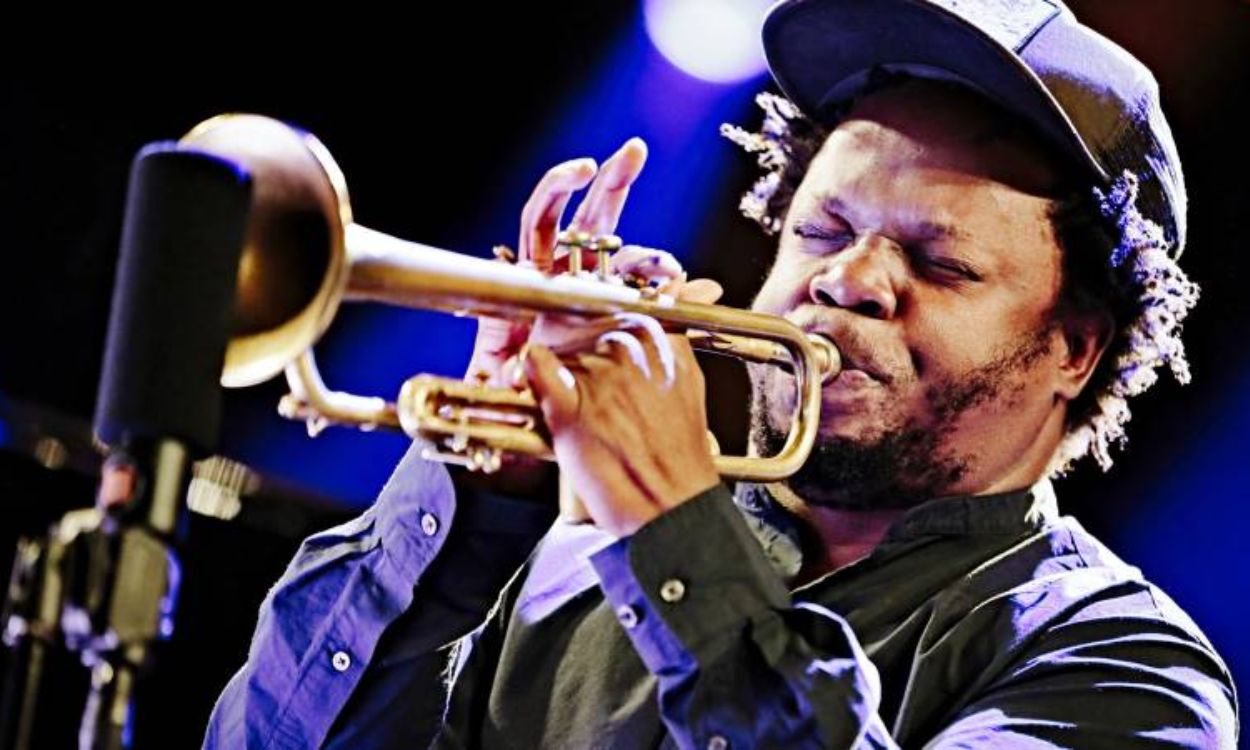Improvisation is its own language; one full of spontaneity and emotion. With your expressiveness, you fill a sonic space and take your fellow musicians and listeners on a journey. But for musical beginners in particular, it’s also a hurdle that under and self-confidence must first overcome. Here are our tips for improvising on the trumpet.
Improvising on the trumpet – gather your experience
Improvising on the trumpet is not one of the first steps in your musical journey of discovery. On the contrary, first you need to have some command of your instrument and have internalized the basics of embouchure, breathing, tone formation, etc. to a reasonable degree. You have already studied notes, harmony and music theory in depth and know which notes belong to which scales and which do not. The introduction sounds as if this is only possible for highly talented advanced students. Let’s put it this way: You can’t start improvising on the trumpet early enough.
From the special approach of improvisation
Improvising is like composing in real time. You have endless free space for a few bars, which you will fill with your very own tones and phrases. When you play freely, there should be no guidelines, and so you are free to cross boundaries and red lines during improvisation. But in reality it is not quite as free as this wishful thinking. Without knowing which tone material goes with which harmonies and cadences, improvising on the trumpet will just sound weird, dissonant and awful.
Discover structures to then leave them again
So should you not venture into the subject until you have perfect knowledge of music theory? No, by then you might already be pretty stuck. In fact, there is no right time to start improvising. Rather, it’s an ongoing process in which you pool and call upon all your musical experiences and skills.
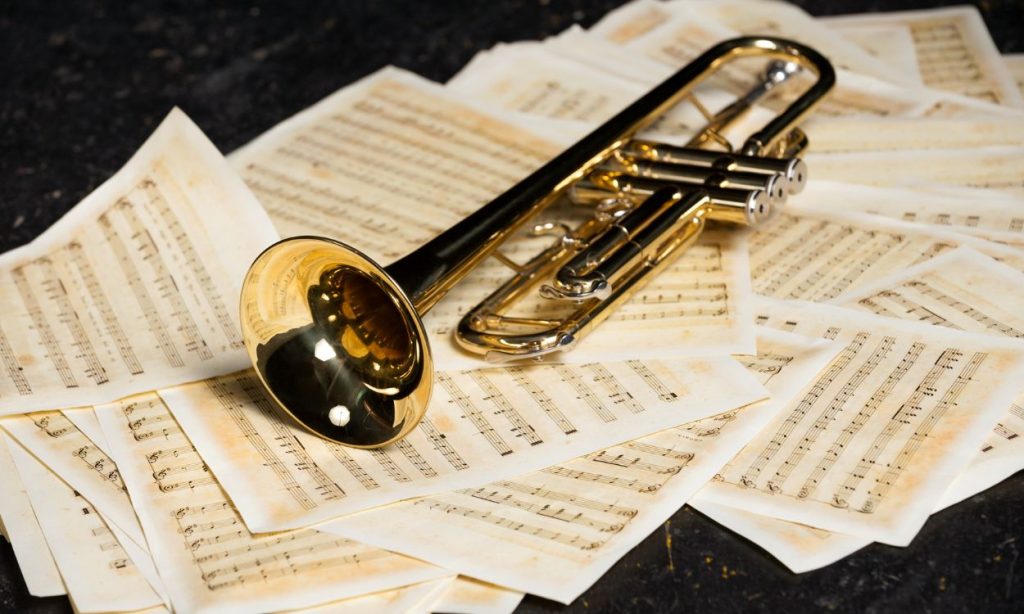
What this means is that, of course, the better you are at your instrument, the more perfect and exciting improvising on the trumpet will sound. However, we’re not talking about perfection here, but about a feeling of freedom in music that is usually structured in a note-fixed and through-composed way.
Free playing on the instrument does not begin with perfection
Let’s try at least one comparison for better understanding. Let’s imagine an optimally trained 100-meter runner. Several times a week or even every day he brings his body to full speed and improves his physical constitution and speed. Then comes the day of the competition. He has no idea where he will cross the finish line. But that he will make the distance is really no question. He is a virtuoso of his discipline.
Gather impressions and make the circles bigger and bigger
For comparison, let us now imagine a small child. It is full of curiosity and uncertainty at the same time. It does not yet know the world around it. The child does not know what is going on out there. All impressions are new. With its childlike pioneering spirit, it will continue to run around in circles. It will run off and return again, absorb impressions and make experiences.

It does not know where the voyage of discovery will lead. But the child will absorb every impression like a sponge. But a sponge does not keep the water to itself. At some point, the child will take its treasure of knowledge and carry it out into the world again. This is exactly how the long process is written when improvising on the trumpet.
Even slightly advanced players can search for the musical grail
And there is one more aspect we should keep in mind. If improvisation were as fixed as, for example, the notated pieces, all attempts of all trumpet players would sound the same at all times. This is exactly not the point. It is true that your listeners or you yourself can say whether something sounds beautiful and pleasant, intentionally dissonant and interesting.

But no one can force you into an excessive, so to speak bureaucratic corset. After all, such a corset would be the opposite of improvising on the trumpet. What remains is the search for the musical grail, the right notes at the right moment. Sometimes two or three notes are enough to give the song that special kick.
Long story short: Gently put one foot in front of the other
Okay, that was a long prelude. But these thoughts are important for you, so that you don’t suddenly realize at the end of your journey what extraordinary moments you have senselessly foregone due to a lack of self-confidence. As with learning the instrument, you will carefully put one foot in front of the other when improvising on the trumpet. But of course, the question is how to improve your playing fundus in order to increasingly draw from the full in your free solos.
Have triads and scales recallable
The improvisation will always be based on the accompaniment, i.e. the harmonies played by the other musicians. Usually these are simply the chord progressions of the respective song over which you now want to lay your solo part. They can be simple or complex, they can follow a simple pop or blues pattern or be jazzy and intricate. But the fact is that they contain the magic word of harmonies. And with that you already have your first point of orientation.
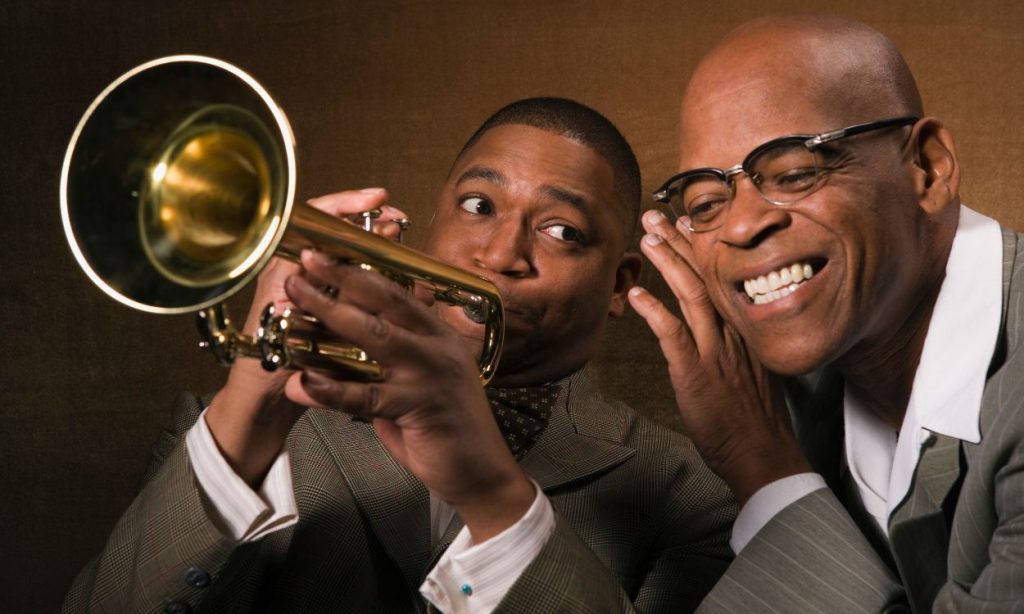
A relatively easy way to start improvising on the trumpet is to use the chordal tones. To do this, you need to know them. The simplest chords are triads: root, third and fifth. So the chordal tones are layered in thirds. If you start improvising on the trumpet with these notes, you already have a crucial ace up your sleeve: The notes can’t be wrong. Just try it out and practice playing the harmony notes already during the warm-up.
See Also:
- What Trumpet Does the Military Use?
- Boost Your Trumpet Performance With These Simple Throat Exercises
- 10 Essential Tips For Caring For Your Trumpet
Extend tonal range through pentatonic scale
So far, so good. Of course, playing exclusively with the chord tones is neither spectacular nor exciting. But more importantly, you’ve made a start and thus cleared a crucial hurdle. The next step is to expand the sound material to garnish your musically improvised menu with further spices. Your self-imposed challenge is not to do too much wrong at the beginning. You can do this by first expanding your tonal range to include the notes of the pentatonic scale.
That means, to three chord tones you add two more. You already use the first, third and fifth note of the respective scale. Now you add the second and the sixth. Using C major as an example: The chord consists of the notes C, E and G. Add the notes D and A. So: C – D – E – G – A. You have already built up your pentatonic scale for improvising on the trumpet. Again, your advantage is that you can’t go too far wrong with these notes.
Copy phrases, save them and be able to recall them at any time
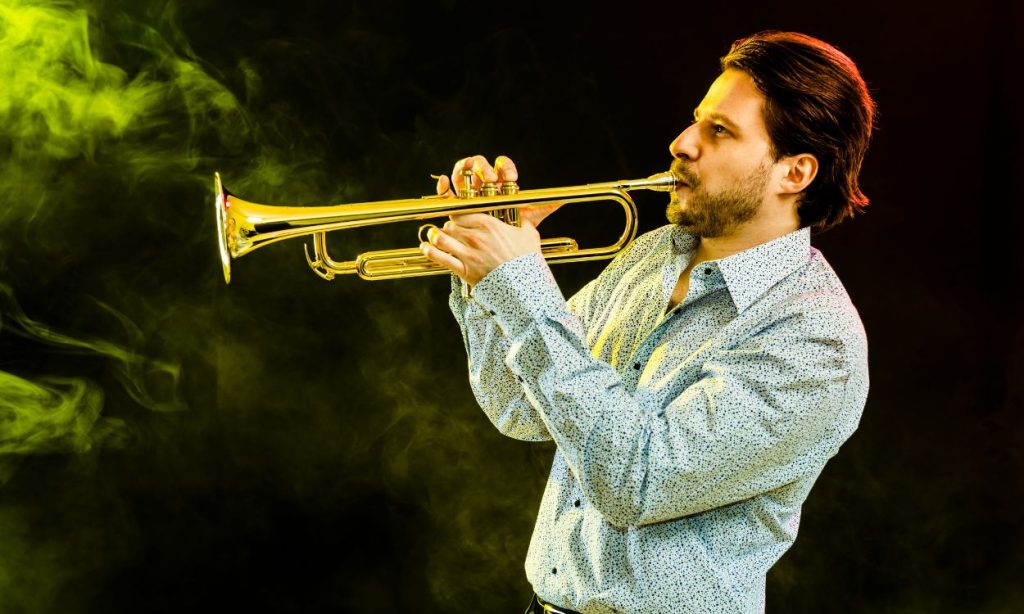
A good approach is to listen to the solos and melody lines of your trumpet heroes over and over again. You will realize that almost everyone works to some extent with special, often recurring phrases. This is perfectly normal and you should not be afraid to copy these phrases. They can be just a few notes, sometimes downright inconspicuous, but all in all they are crucial for achieving a homogeneous voice leading when improvising on the trumpet. Just remember a few of these phrases and keep them in your improvisation library.
An der eigentlichen Songmelodie orientieren und variieren
Very seldom will soloists completely distance themselves from the melody of the piece while jamming. And that brings us to the magic word of song-oriented improvisation. The song is the basis for everything. And no, we don’t want to tell you what to do or put you in musical bondage. We just want to give you some hints for your improvisational creativity.
The melody already provides you with everything you need to find the right notes. It is not very exciting to simply play the melody one-to-one in the solo part. But you can take those and vary them. You can omit or add notes; you can vary it rhythmically with shorter or longer notes from staccato to legato. Everything goes, nothing has to.
Every improvisation lives from dynamics with tension arc
And here you should let a basic recommendation for improvisation on the trumpet roll off your tongue. Every solo, every improvisation lives from dynamics. The point is to build up an arc of tension and to carry the listener along like in a story. You don’t achieve this arc of tension by hammering through from beginning to end at the same speed and with the same notes over and over again.
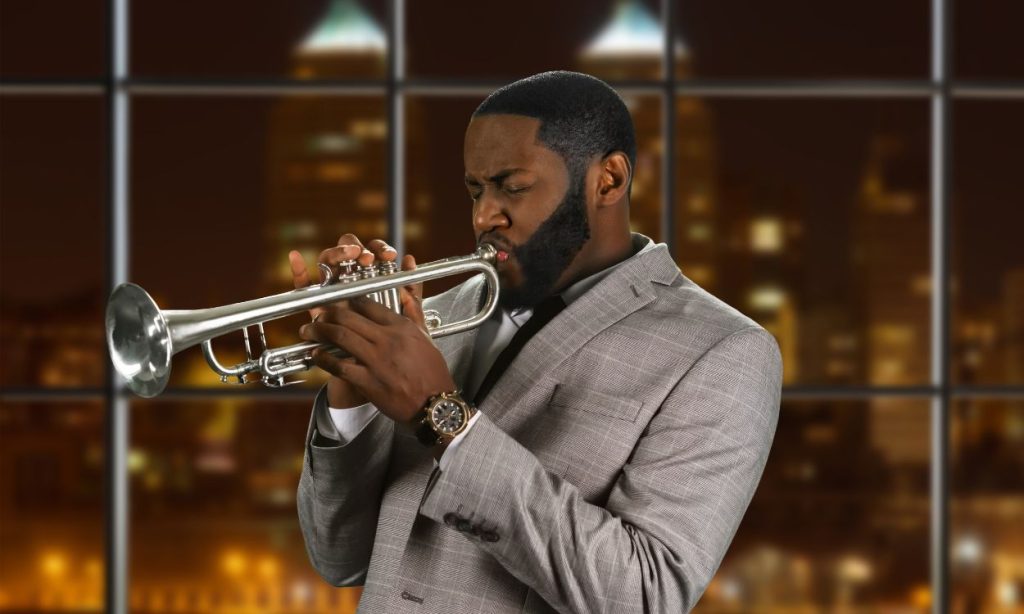
For example, you can start with a few long notes and increase the speed in different rhythmic divisions. Likewise, you can create a dynamic increase by starting in the lower register, for example, and swinging into the high register as your solo progresses. Use the possibilities and stay varied. You have the tones, now you need the confidence and then a good dose of experience. Good luck!

